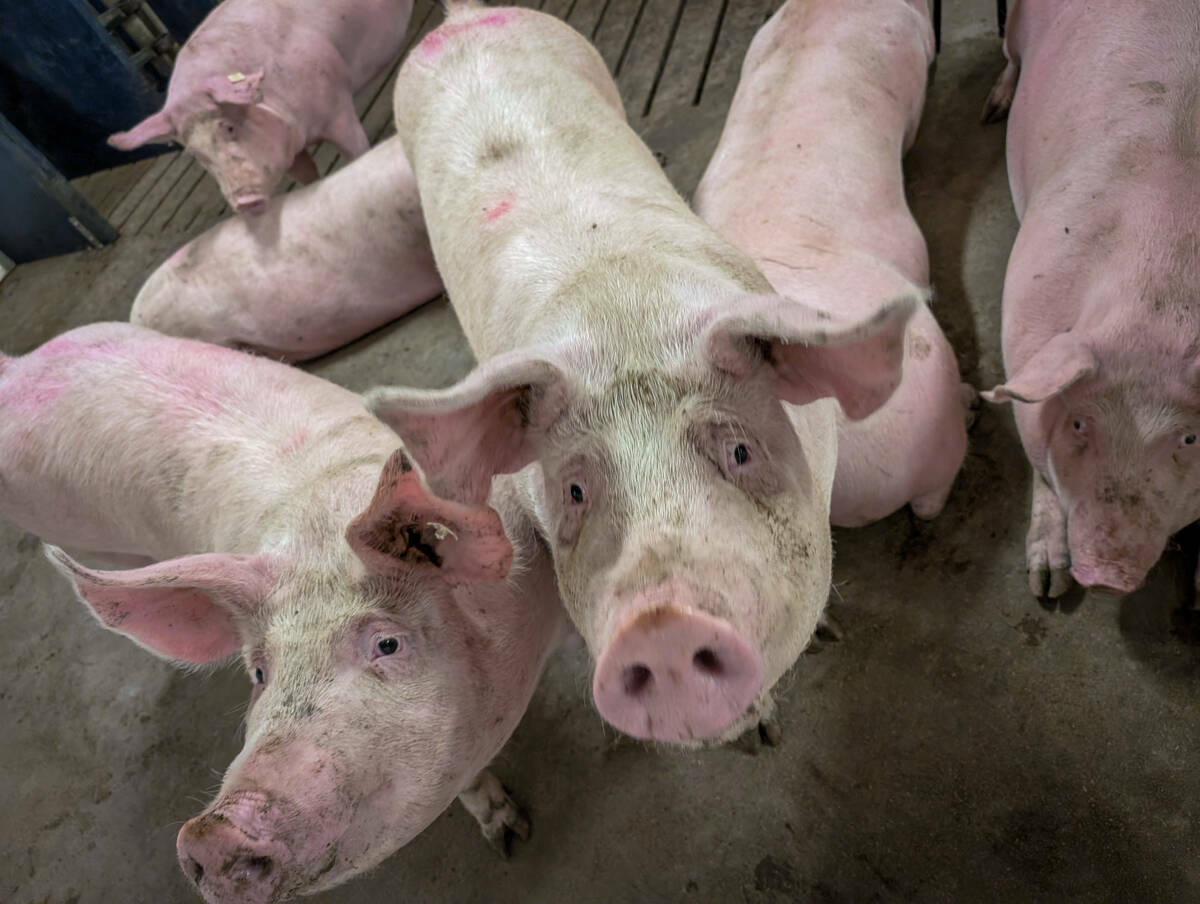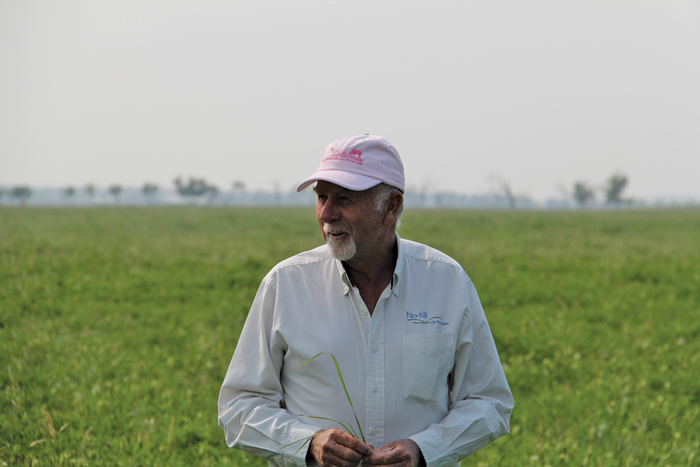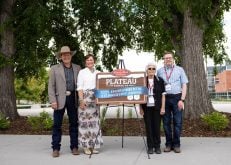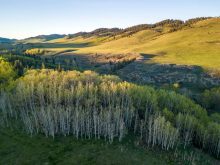Deciding when to graze a pasture has nothing to do with plant height, says an Idaho-based grazing expert.
“Height doesn’t tell us very much,” Jim Gerrish said recently at a Foothills Forage and Grazing tour near Acme.
“What we really want to know is, physiologically, is a plant ready to be grazed?”
And leaf stage is the best indicator of that, he said.
“What really determines if a plant is ready to be grazed is the carbohydrate balance in that plant,” he said. “We know if we have a lot of leaves, we’re capturing solar energy and converting it to sugar.
Read Also

Ottawa pauses update on food from cloned livestock
Health Canada has indefinitely suspended a proposed update to the novel food policy governing foods derived from cloned cattle and swine, as well as their progeny.
“The question becomes at what point is energy flowing more from the top of the plant to the bottom or from the bottom to the top? Leaf stage is a good clue for that.”
Grass growth happens in three phases, he said.
In Phase 1, there’s limited solar energy capture, so growth is slow. As leaf area expands and more solar energy is captured, the growth rate accelerates, and the plant enters Phase 2. In Phase 3, the plants mature, and growth slows down.
The two- to three-leaf stage is “the high side of Phase 1,” while the three- to four-leaf stage is the “low side of Phase 2,” said Gerrish.
“Ideally, we would like to be grazing at four or five leaves, but is it OK to graze at 2-1/2 to 3-1/2? It depends on what you’re going to do tomorrow,” he said.
- From the Canadian Cattlemen: No hay here – the evolution of grazing on A7 Ranche
In a study conducted in Idaho, researchers found that when they removed the cattle from the pasture after one week, the total production for the year was not reduced. Grazing for two weeks resulted in a 10 to 20 per cent loss in annual production potential, while grazing for four weeks cost 20 to 40 per cent in production potential and six weeks cost 40 to 60 per cent.
“Going out on high Phase 1 or low Phase 2 grass and parking for six weeks costs you half the production potential of the year,” said Gerrish.
“But you can go out early in a rotational system, take a bite, and leave it, and it’s going to be OK. If you allow it next time to recover to four or five leaves, you haven’t hurt a thing.”
If a random sampling of 10 tillers is at the two-leaf stage, Gerrish recommends waiting to graze until they hit the three-leaf stage.
“If they’re at a three-leaf average, you can go out there and get started, but take that bite, get off, and next time allow it to get to four-, five-, or six-leaf recovered stage,” he said.
But waiting until every pasture is at the four- or five-leaf stage isn’t feasible for most operations, he said.
“We do have to get started earlier than the optimum to create the type of pasture that we want later in the season.”
Recovery period
The length of the recovery periods depends, again, on leaf stage.
“For recovery, we’re really looking at growing more leaves,” said Gerrish.
Early in the grazing cycle, plants might be at the two-leaf stage, but optimally, plants should be at the five-leaf stage before they’re grazed again. And how long it takes to grow the necessary number of leaves — in this case, three more leaves — will dictate how long the recovery period needs to last.
“In very good growing conditions… it takes about five to seven days to grow a leaf,” he said. “In those perfect growing conditions, how long does the recovery period need to be? Fifteen to 21 days, if you multiply five and seven by three.”
In poorer growing conditions, however, it may take the plant 10 to 15 days — or even longer — to grow a new leaf, and the recovery period needs to lengthen accordingly.
“That is what is determining how long your recovery period needs to be — how long does it take it to put out a single new leaf? Once again, we’re back to counting leaves.”
Gerrish admitted it “almost sounds nerdy” to pick tillers and count leaves.
“But if you’re at the point where you’re ready to take your grazing management up to the next level of fine-tuning management, I think that becomes an essential part of the program.”















